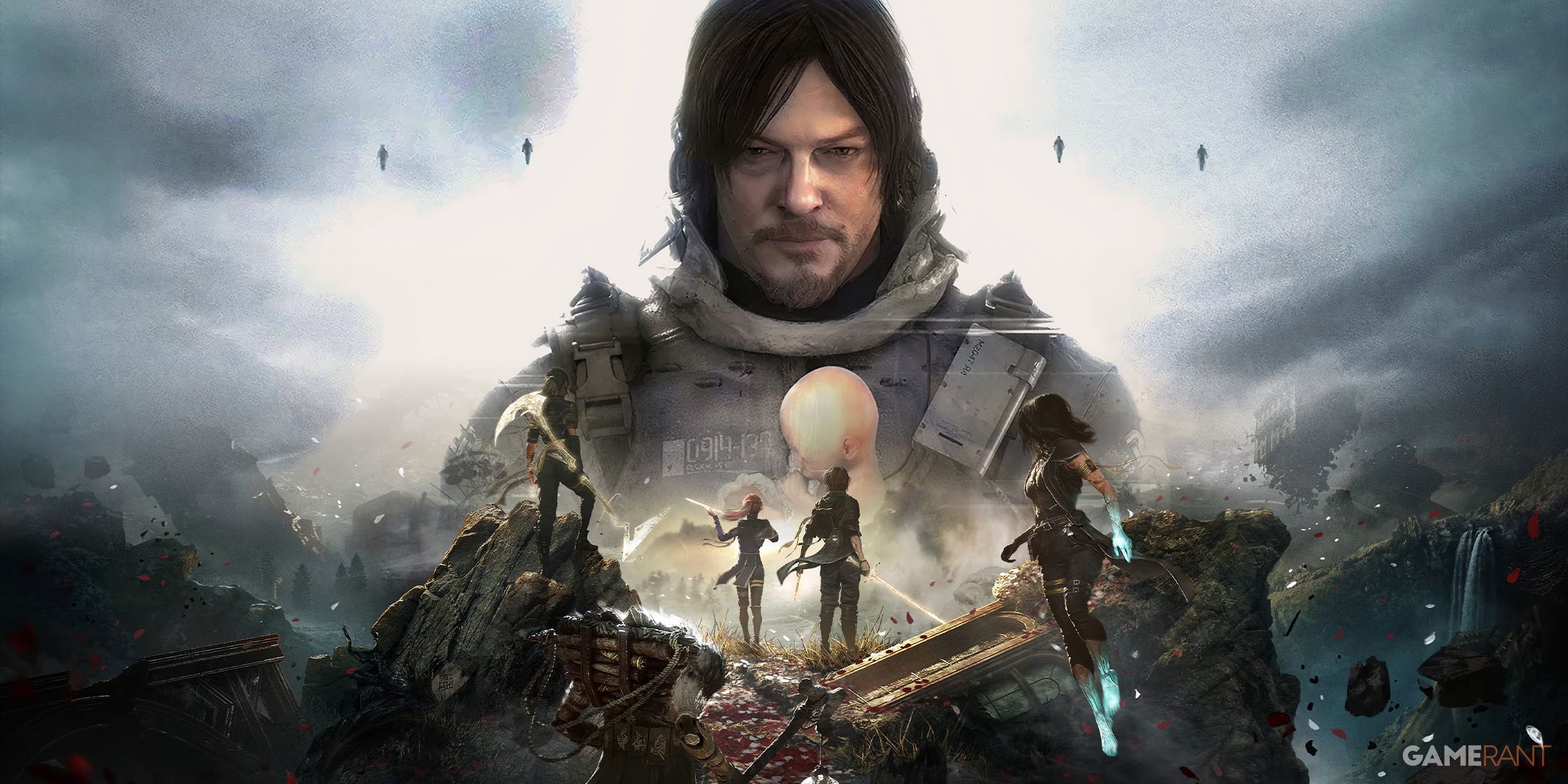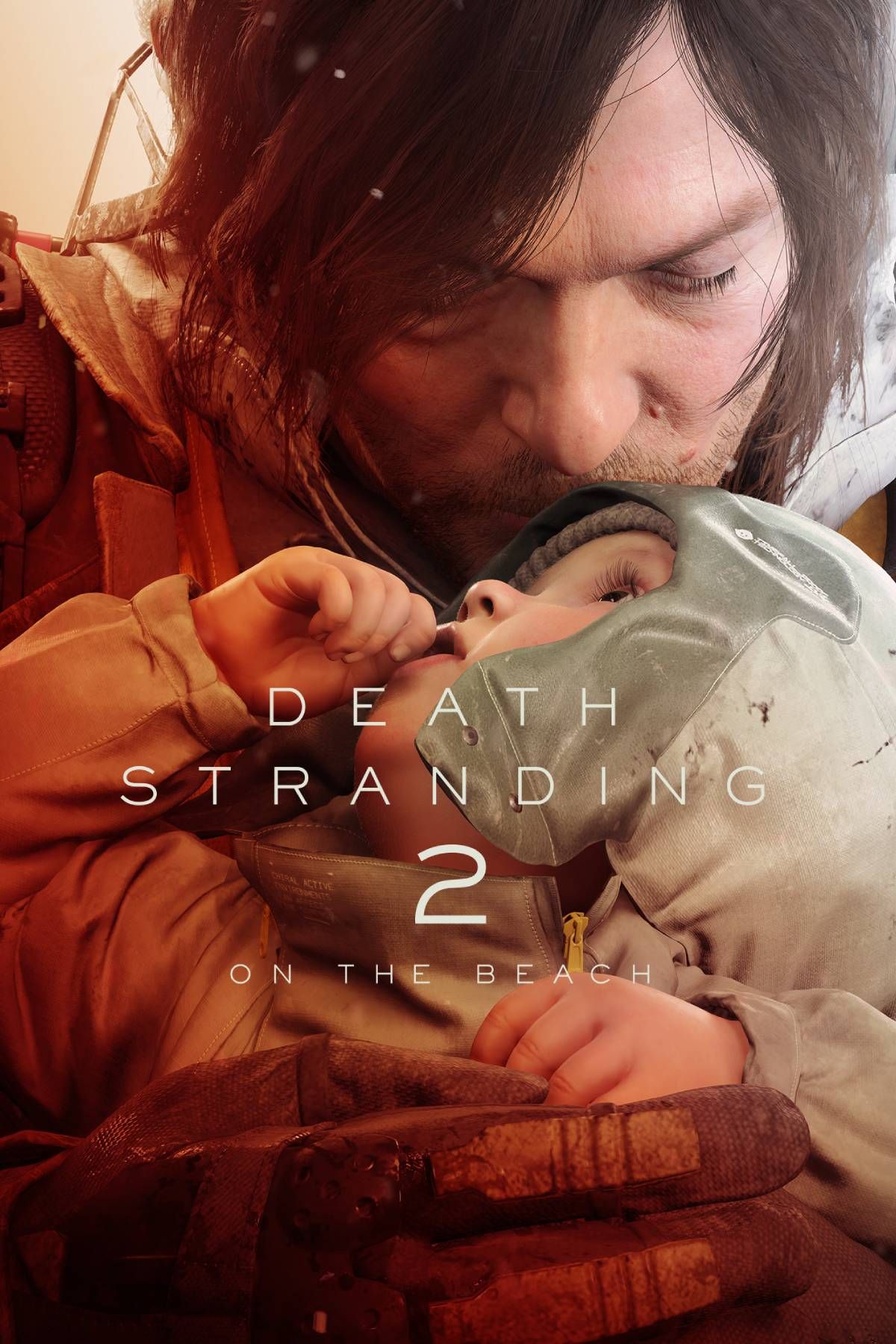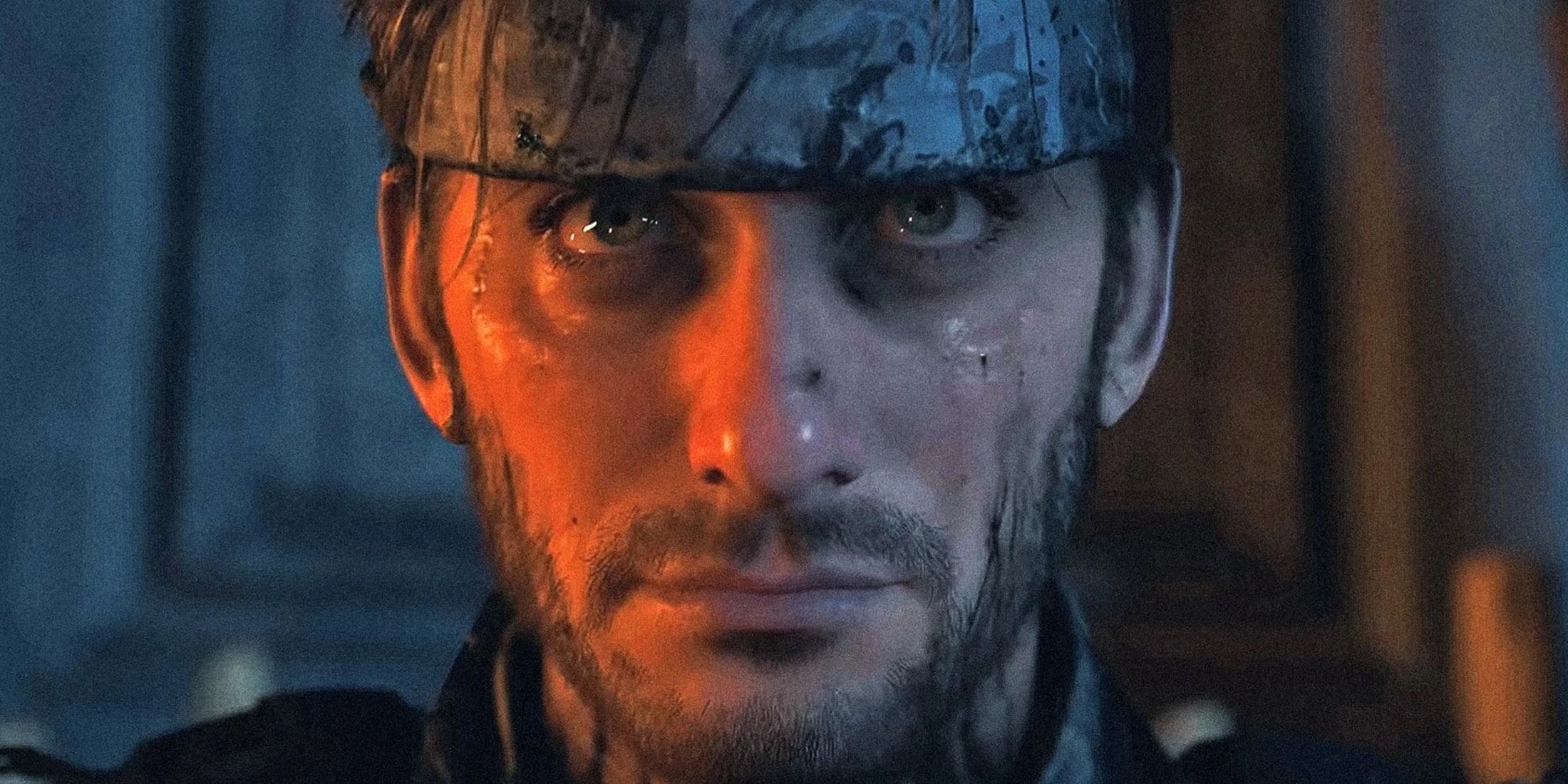The following contains spoilers for Death Stranding 2.
Just as it was with the first game, Death Stranding 2: On the Beach offers an intense, emotional story that is already plenty deep in its writing, but is made even more so by its ambient score. Music has always played a major role in bringing the bizarre ideas of Hideo Kojima to life, but rather than staying in the background, this time, Death Stranding 2‘s score plays the part of assistant storyteller, especially when it comes to developing the game’s characters. One character in particular, Neil, stands out for having a theme that’s deceptively simple yet layered in such a way that reflects his complex nature.
In a recent interview with Game Rant, Death Stranding 2 composer Ludvig Forssell shed light on his process of creating Neil’s theme and how it evolved throughout the game and its development. Forssell’s approach reveals how the music was intentionally written to mirror Neil’s internal struggle and evolve as the player uncovers more about him. Rather than making it a static, recurring track, Forssell built Neil’s theme to adapt to the character’s evolution and ultimately fuel the player’s emotional connection to the character.

Related
Death Stranding 2’s Game of the Year Potential Comes With a Clair Obscur-Sized Catch
Death Stranding 2’s chances to win Game of the Year are strong, but Clair Obscur: Expedition 33 could complicate things for the acclaimed sequel.
How Neil’s Theme in Death Stranding 2 Tells His Story
Some of the most memorable theme songs in entertainment are also the simplest. Take John Williams’ Jaws theme, for instance, which is primarily known for how it begins, with only two alternating notes separated by a mere half step. While it might be initially perceived as overtly simple, it could be argued that it is that very simplicity that has made it one of the most haunting and recognizable theme songs in the history of film and television. Forssell took a similar approach to Neil’s theme in Death Stranding 2, using only two chords throughout the song’s entirety. Forssell explained:
“With Neil’s theme in Death Stranding 2, I wanted to craft something really simple based around the back and forth of just two chords, sort of hinting at the struggle of the character’s duality while also presenting him as a shell of a man who’s lost something crucial in his humanity. This basic theme is then overlayed by what I call a 7-note “Sisyphus-arpeggio” that keeps reaching upwards only to start over and over.”
Of course, this was an intentional choice, but it was meant to serve a greater purpose than establishing the mood alone. Rather, Forssell restricted Neil’s theme in Death Stranding 2 to two chords to reflect the duality of his character, thereby allowing the music to serve as a storytelling device of sorts. As the two chords move back-and-forth between one another, it resembles Neil’s internal conflict as belonging to one who is both alive and yet empty enough to be little more than a walking corpse.
The “Sisyphus-arpeggio” that Forssell mentioned here isn’t a technical musical term, but one the composer coined himself to better explain the structure of Neil’s theme in Death Stranding 2. Sisyphus is a figure from Greek mythology who was condemned to repeatedly roll a boulder uphill, only for it to roll back down, forcing him to start over. An arpeggio, on the other hand, is, in fact, a musical term used to describe a broken chord, where the individual notes of that chord are played sequentially rather than simultaneously as they typically would.
So, Forssell takes this broken chord and begins at the bottom of the chord before ascending to the top and then beginning again, just as Sisyphus would have with his boulder. Apart from the two chords that serve as the foundation for Neil’s theme, this 7-note “Sisyphus-arpeggio” is one of the song’s most recognizable elements. What’s even more interesting about the arpeggio is the fact that its 7-note structure doesn’t keep in time with the chord changes, which speaks to the complex nature of Neil’s character in Death Stranding 2. Forssell continued:
“However, to tell Neil’s story in Death Stranding 2 to its completion, I felt like we also needed to have the theme itself have multiple renditions, with one using all the previously mentioned conceptual ideas from a sort of dark and pessimistic standpoint and the other, sort of the “true” rendition, telling a more faceted story that evolves and takes you through all the thoughts and motivations of the character as more of those are revealed.”
Neil, being such a complex but pivotal character in Death Stranding 2, also means he evolves over time, but that would see the music evolving with him, as Forssell mentioned. Who begins as an antagonist, just as Death Stranding‘s Cliff Unger did, eventually becomes something much more, so for his theme to rest in that “dark and pessimistic” place it began in wouldn’t complement the revelations that accompany his character’s growth. As such, Forssell ensured, as he does in every other aspect of Death Stranding 2‘s music, that Neil’s theme would help tell his story rather than be little more than a support system for it.

Death Stranding 2: On the Beach

- Released
-
June 26, 2025
- ESRB
-
Mature 17+ // Violence, Blood and Gore, Partial Nudity, Strong Language
- Publisher(s)
-
Sony Interactive Entertainment
- Engine
-
Decima
- Franchise
-
Death Stranding
- Number of Players
-
Single-player
#Neils #Theme #Death #Stranding #Subtle #Battle #Identity #Emptiness




